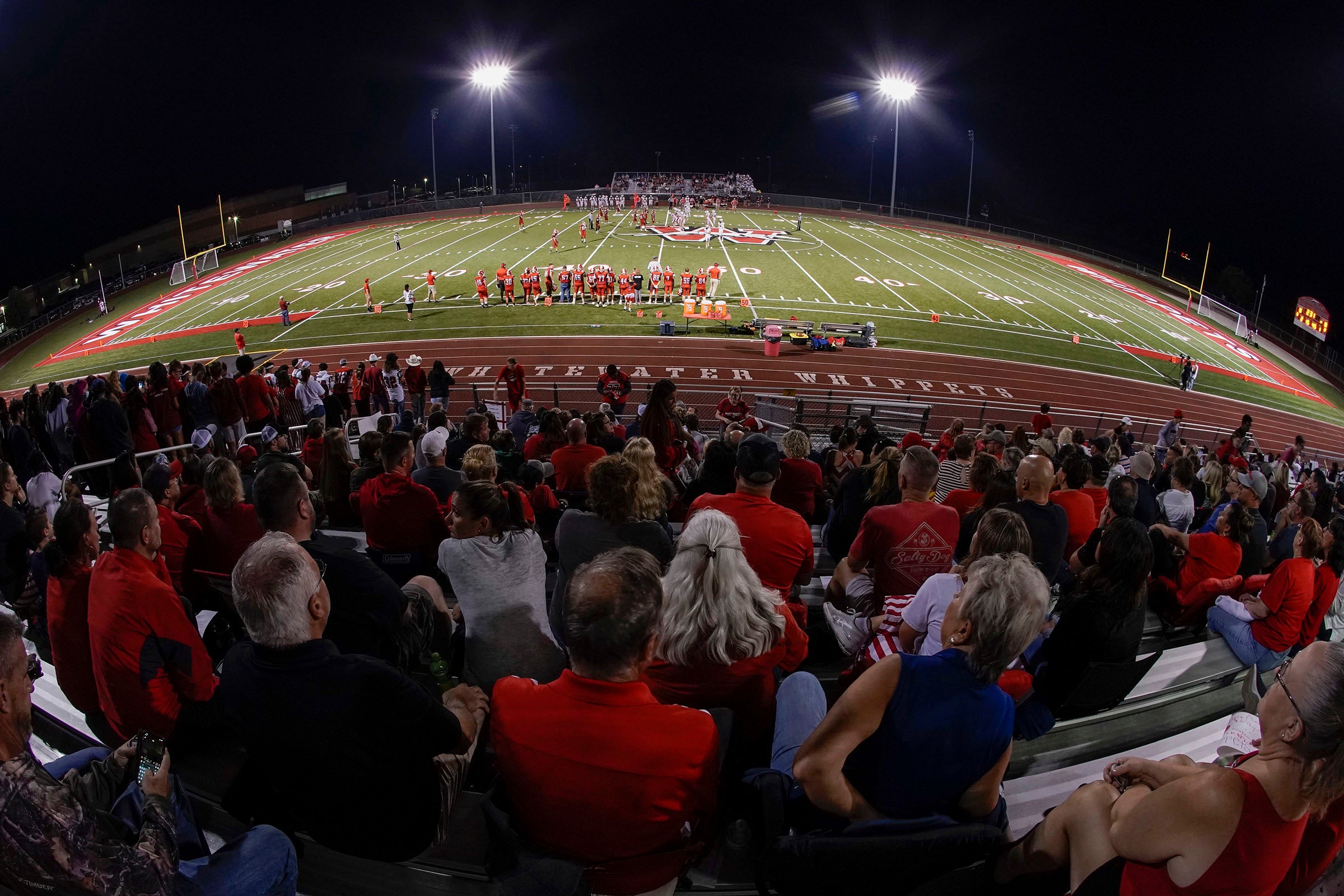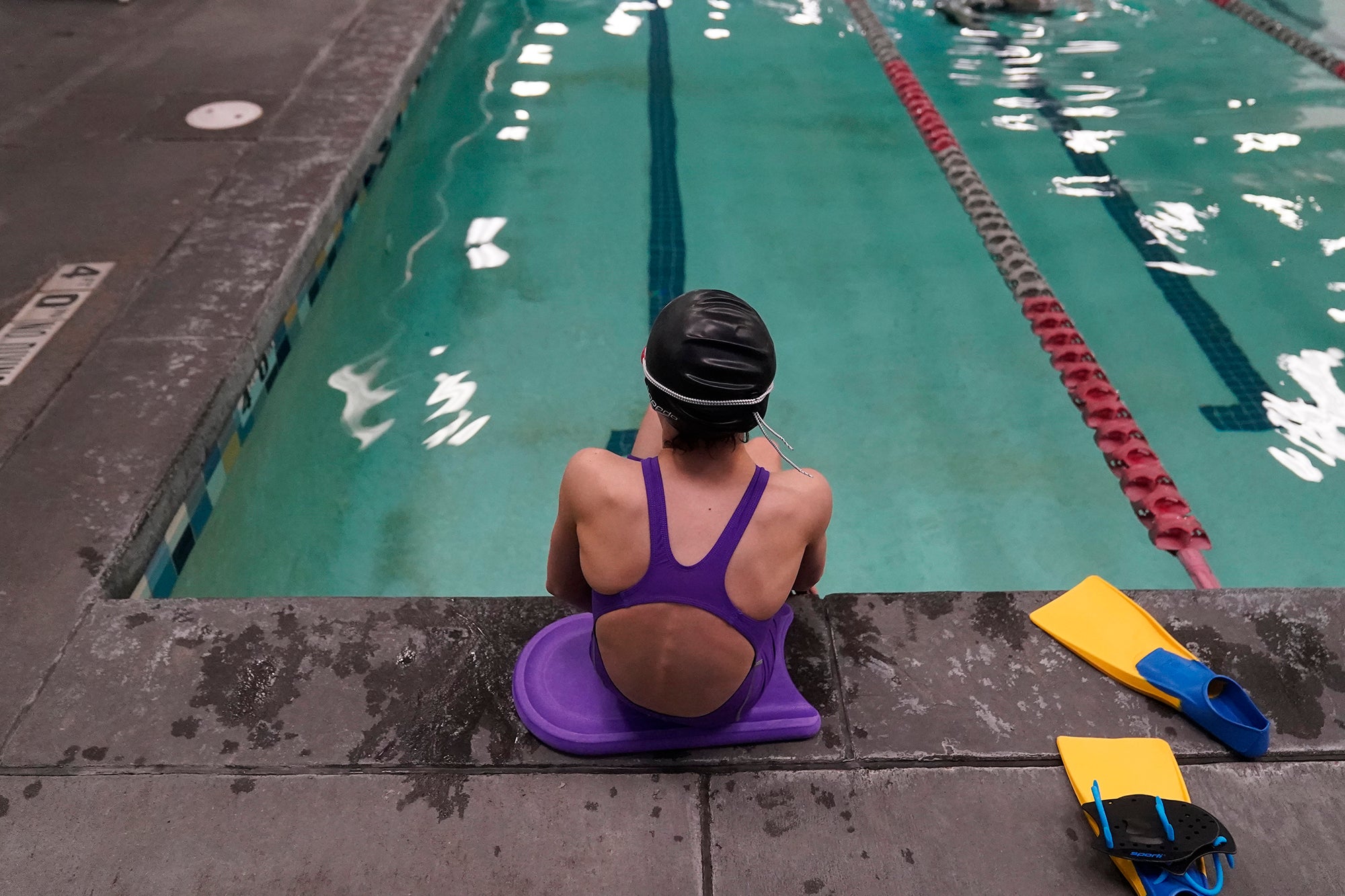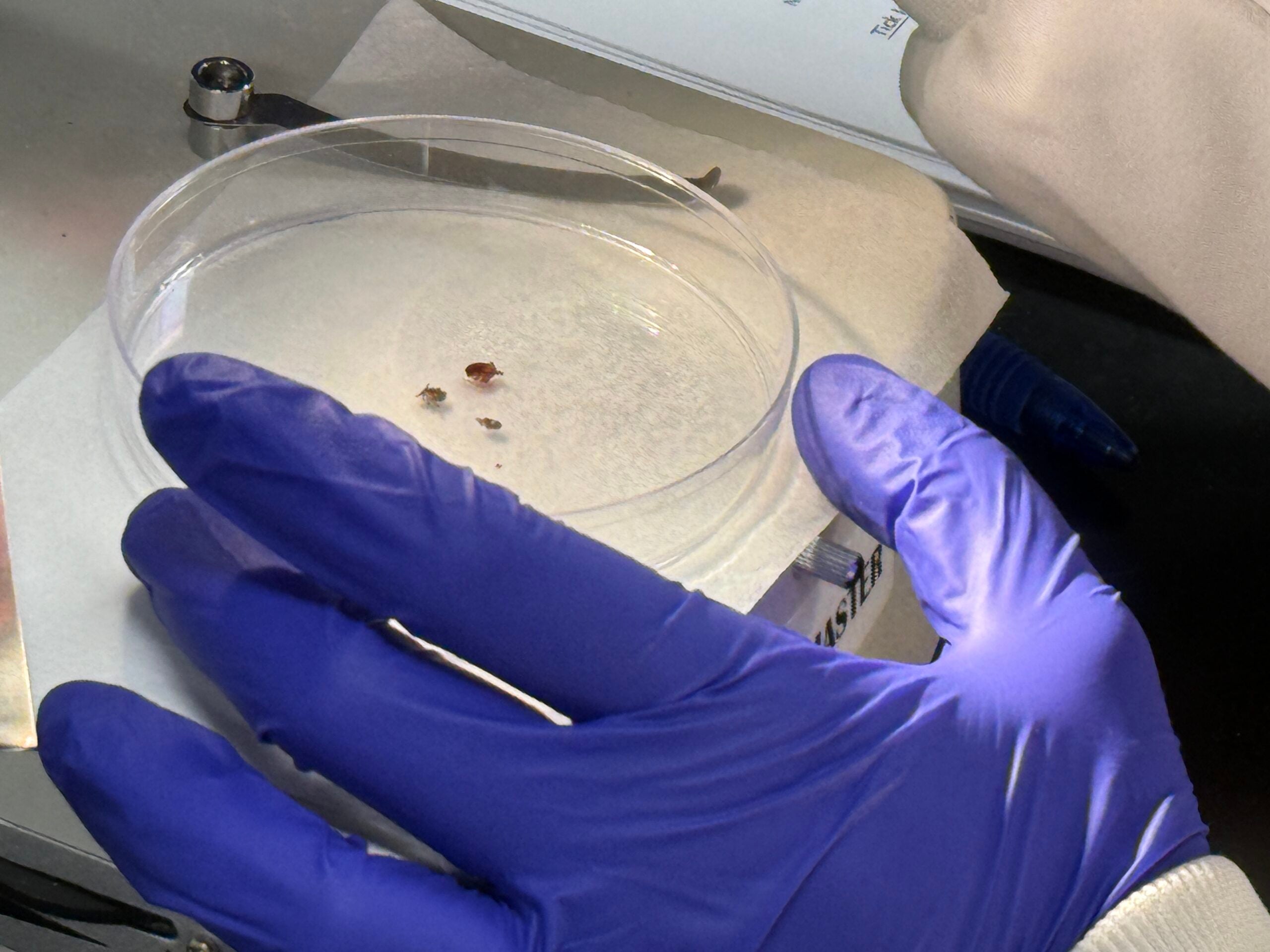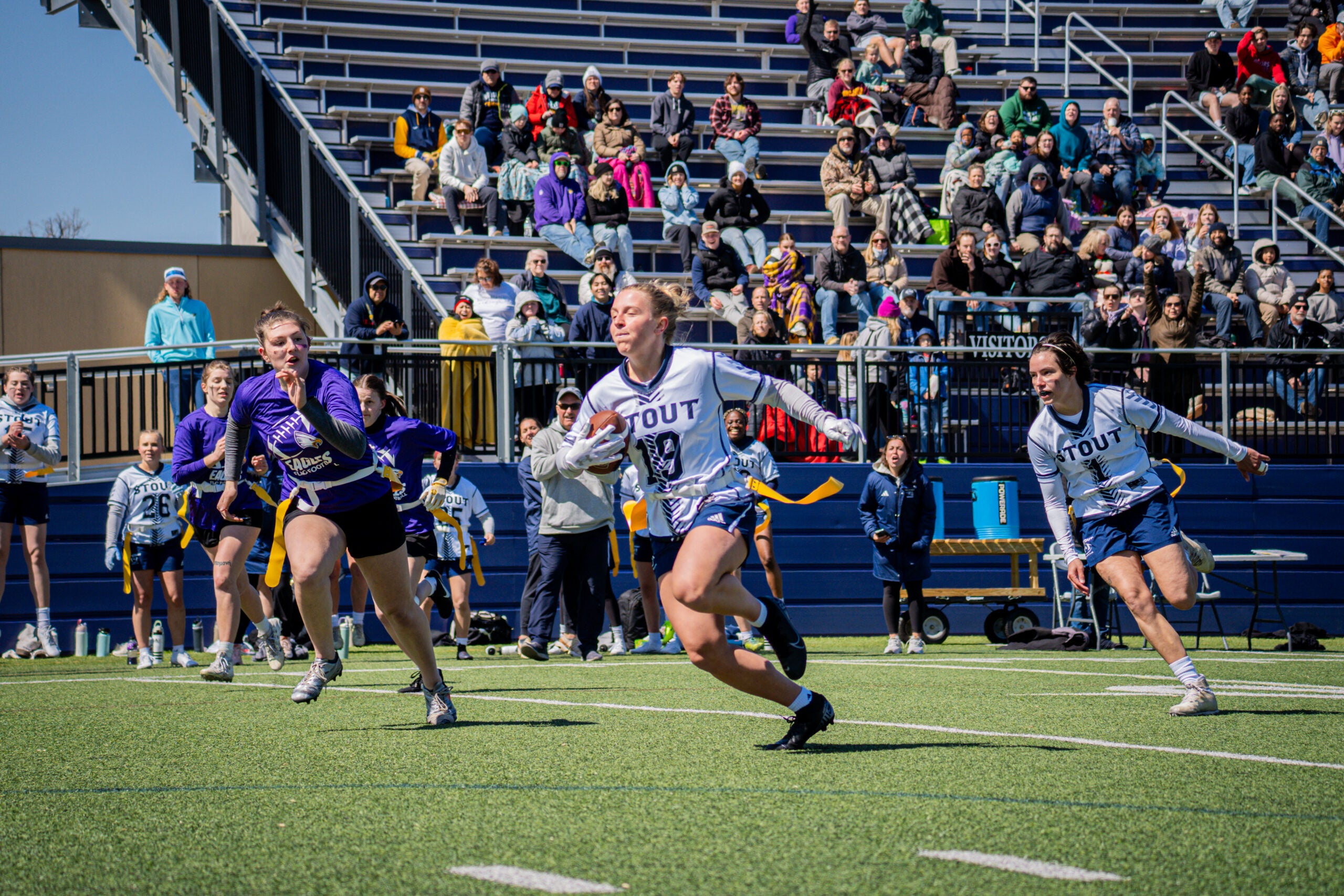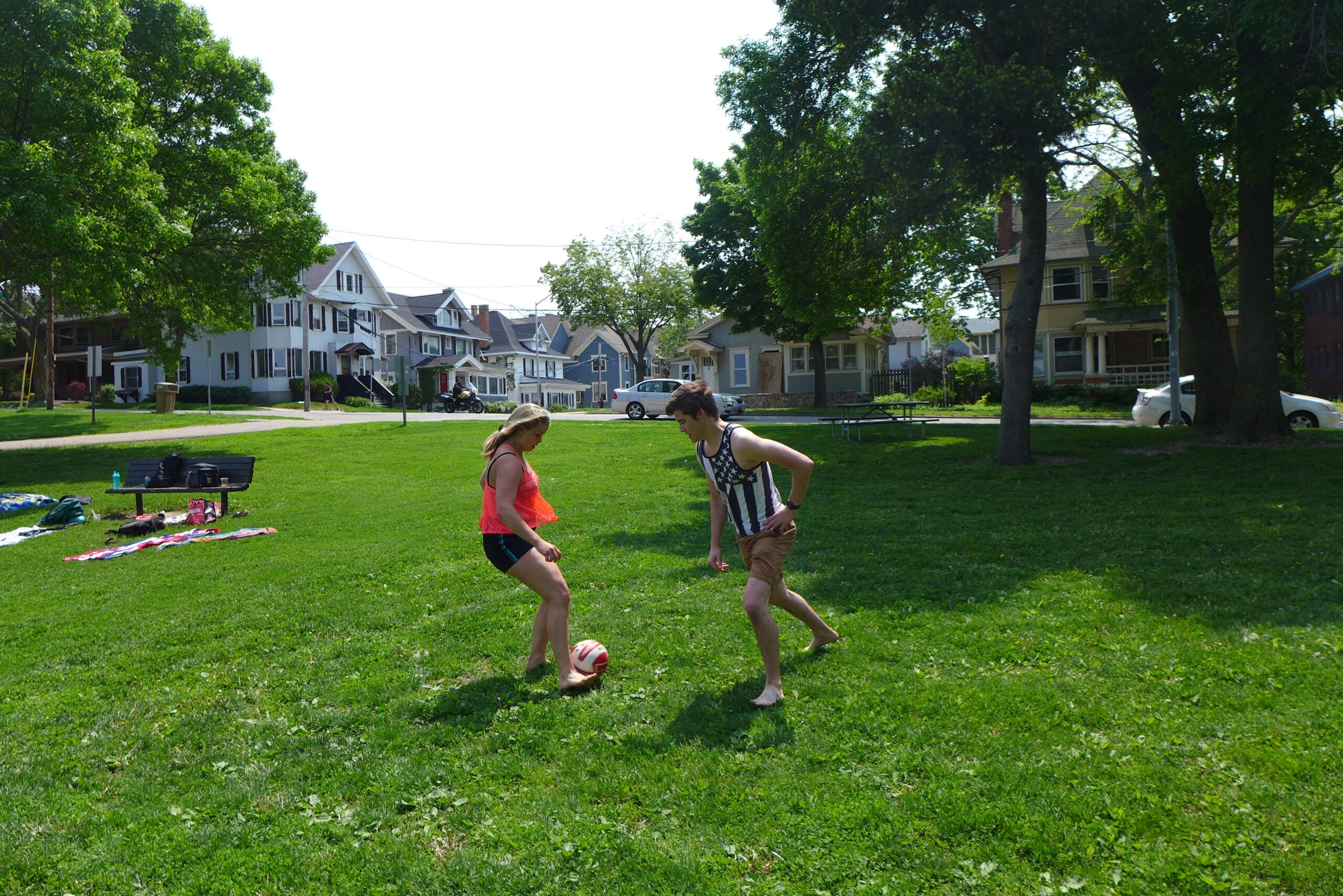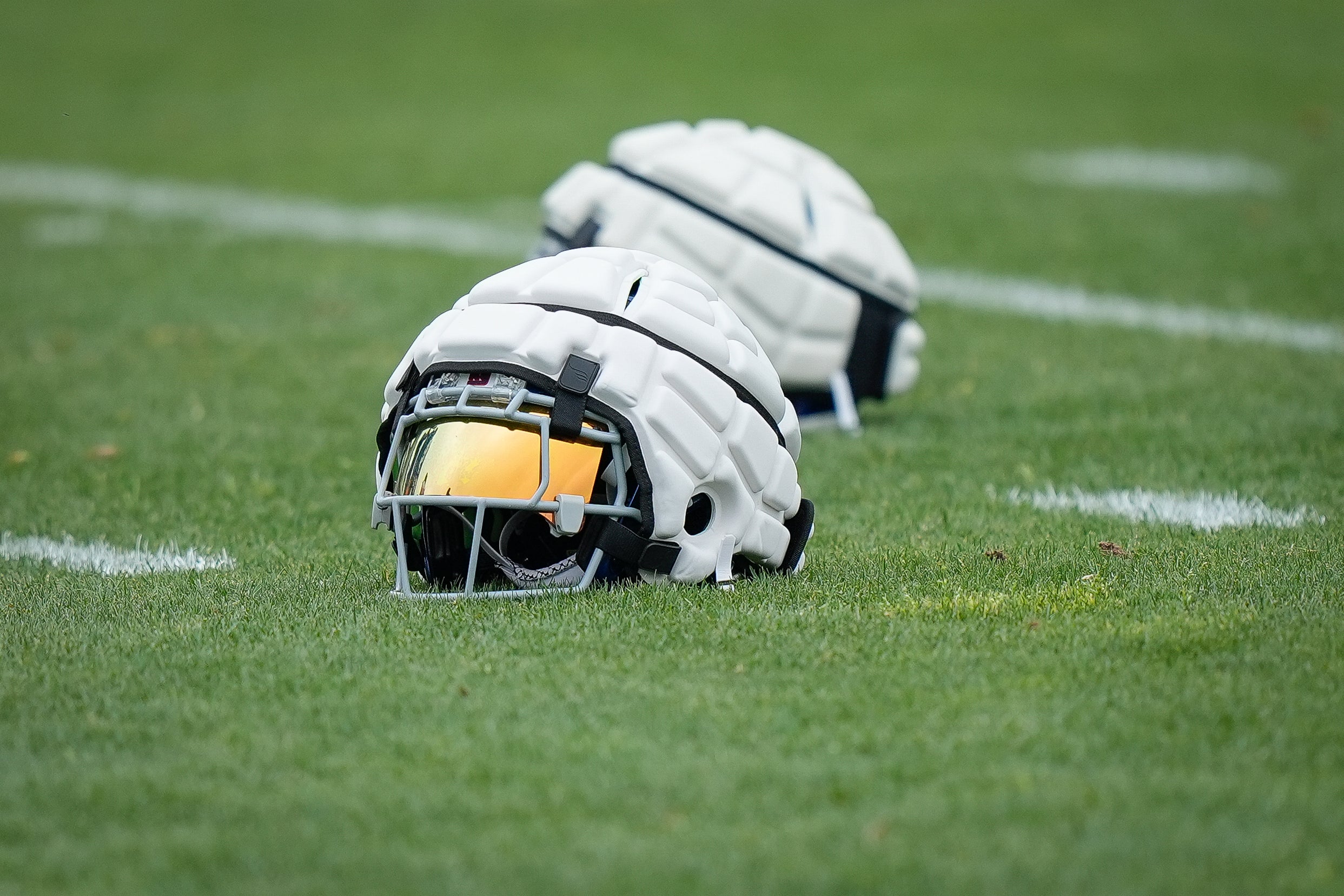More emerging research suggests a brain disorder called chronic traumatic encephalopathy can begin developing in amateur athletes who play a variety of sports beyond football.
A new Boston University study shows even youth athletes might be at risk. The study examined 152 athletes who were younger than 30 at the time of their deaths. About 2 in every 5 had the disease known as CTE. Most had played contact sports such as football, ice hockey, soccer, rugby and wrestling.
Julie Stamm researches CTE at the University of Wisconsin-Madison and authored a book called, “The Brain on Youth Sports: The Science, the Myths, and the Future.” During a recent interview with WPR’s “Central Time,” Stamm said the new Boston University study adds to other research undermining a misconception that CTE is only a concern for professional athletes.
News with a little more humanity
WPR’s “Wisconsin Today” newsletter keeps you connected to the state you love without feeling overwhelmed. No paywall. No agenda. No corporate filter.
“We know that’s not the case,” said Stamm, a clinical assistant professor in the university’s Department of Kinesiology.
CTE is a neurodegenerative disease caused by repetitive brain trauma. Symptoms of the disease can include aggression, impulsivity, depression and memory problems. Research on the disease is limited in part because the only way to definitively identify the disease is by examining a deceased person’s brain, Stamm said.
“We really need to figure out how to diagnose it during life,” she said.
Due to the Boston University study’s limited scope, Stamm said the research falls short of suggesting more than 2 in every 5 athletes in youth sports will actually develop CTE. People who donate their brains to science typically suspect something was wrong, she said. The prevalence of the disease remains unclear.
But Stamm said the research is still worth taking seriously.
“This is telling us that for some people, they may be at risk, even if they don’t go on to play years in the NFL or even go on to play college,” Stamm said.

What can be done to prevent brain injuries?
One way to reduce the risk of CTE could be delaying when athletes start playing contact sports. Stamm said more impacts to the brain over time increases the risk of developing CTE. So, if athletes start playing contact football or ice hockey later in life, they will likely suffer fewer hits and face a lower risk.
Flag football or flag rugby leagues could be options to reduce impacts to the brain. Stamm said some hockey leagues prohibit physical hits to other players before age 13 or 15. Some soccer leagues also limit when players may hit the ball with their heads.
“Every kid should have the opportunity to play sports,” Stamm said. “We shouldn’t be getting rid of sports. We can modify them to make these sports safer and eliminate and minimize repetitive brain trauma in sport.”
Stamm said changing the response to brain injuries in sports could also affect the risk of developing CTE. While entirely avoiding concussions in sports might be impossible, coaches could help by better identifying and managing brain injuries. Athletes need proper time to heal.
A lot could come down to coaches. While some football leagues limit the number of practices where contact is allowed, teams could add more contact drills to their practices, Stamm said. So, the number of hits could remain the same.
Professional sports like the NFL now have doctors and designated spotters reviewing athletes for concussions. But at lower levels of sport, coaches might be the only people monitoring whether athletes should stop playing.
That’s why Stamm said prioritizing health from the top down is a must.
“The culture is very, very important,” she said.
Wisconsin Public Radio, © Copyright 2025, Board of Regents of the University of Wisconsin System and Wisconsin Educational Communications Board.

